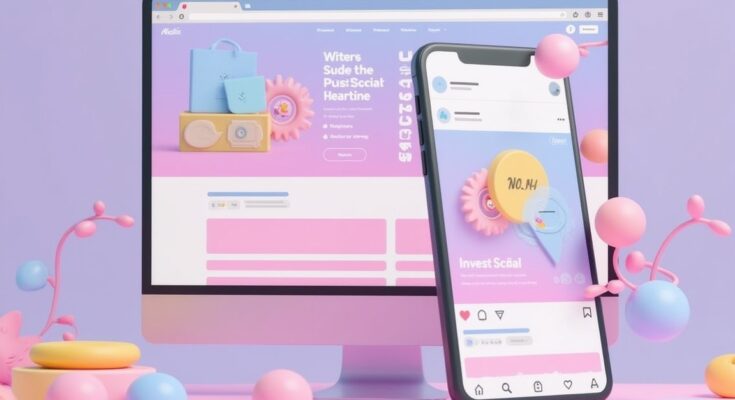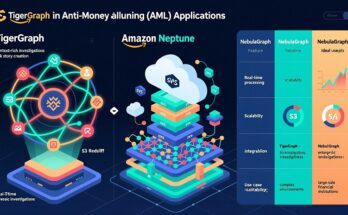We’ve all seen them: the row of tiny, often lonely-looking social media icons in a website’s footer. For years, this was the standard for connecting a website to a social presence. But in today’s landscape, that’s not integration — it’s an afterthought.
True website and social media integration moves beyond simple linking. It’s about weaving the dynamic, social proof-driven content from your networks directly into the fabric of your site. This strategic move, whether through a simple tool or professional social media integration services, offers profound benefits that can transform a static homepage into a living, breathing hub of your community.
Let’s explore why.
1. The Ultimate Trust-Builder: Live Social Proof
Customer testimonials are powerful, but they are often curated and static. The real magic happens when visitors can see unfiltered, real-time interaction. Embedding social media into website pages — like a live Twitter feed of customer conversations or an Instagram gallery of user-generated content — acts as a constant stream of validation. It shows that real people are actively engaging with your brand right now. This transparency is priceless for building credibility and shortening the decision-making process for new customers.
2. The Self-Updating Content Engine
One of the biggest challenges of maintaining a website is keeping content fresh. A blog requires consistent writing; updating product pages is a manual task. Social integration solves this passively. By using a social media integration app to pull in your feeds, you create sections of your site that update themselves. Every new post you share on social media automatically refreshes your website, signaling to both visitors and search engines that your site is active and relevant. It’s a effortless way to boost your SEO and keep audiences coming back.
3. Deepen Engagement and Dwell Time
Your goal is to keep visitors on your site longer. A compelling article might do the trick, but a visually engaging Instagram feed or a lively X (Twitter) thread can capture their attention and encourage exploration. This seamless social network integration gives users a reason to stay, scroll, and engage with your content on a deeper level. Increased dwell time is a positive signal to search engines and directly increases the likelihood of conversion.
How to Get Started
The beauty of this strategy is its accessibility. You don’t necessarily need complex social media integration services to begin. Many platforms offer native embed features or code generators. For a more streamlined and curated approach, numerous third-party social media integration app[s] exist that allow you to aggregate feeds, moderate content, and design a widget that matches your site’s aesthetic.
The key is to be intentional. Don’t just embed social media on website pages randomly. Place a feed of positive customer reviews on a product page, showcase your latest Instagram posts on a portfolio site, or highlight community discussions on your “About Us” page.
Ultimately, to link social media to website effectively is to understand that your website is your home base, and your social channels are the bustling conversations happening in your town square. Integration is the act of opening your windows so everyone inside can hear the buzz. It’s a powerful way to harness the community you’re building elsewhere and use it to make your primary digital asset more trustworthy, dynamic, and engaging.



